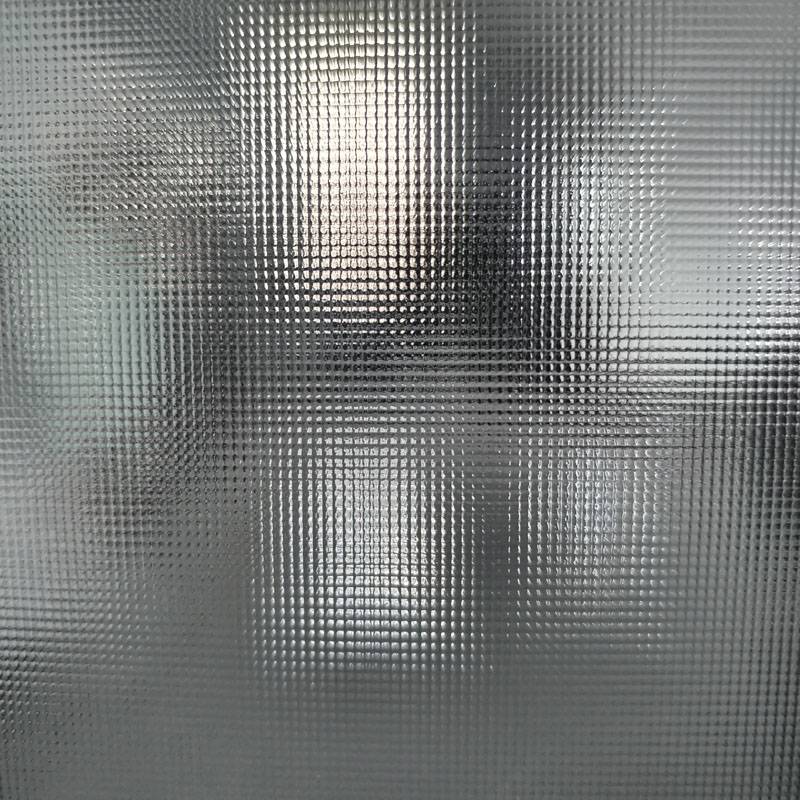Architectural Glass Design A Contemporary Approach to Aesthetics and Functionality
Architectural glass design has evolved significantly over the years, emerging as a critical element in modern architecture. With its unique ability to fuse aesthetics with functionality, glass has become a versatile medium that transforms spaces while offering transparency, light, and a sense of openness.
One of the primary benefits of architectural glass is its ability to enhance natural light in buildings. Large glass facades and strategically positioned windows allow sunlight to flood interiors, reducing the need for artificial lighting and improving energy efficiency. Natural light not only enhances the aesthetic appeal of a space but also promotes well-being among occupants. Studies have shown that access to natural light contributes to increased productivity and improved mood, making glass an ideal choice for offices, schools, and healthcare facilities.
Moreover, glass technology has advanced considerably, enabling architects to explore innovative designs. The introduction of energy-efficient glazing options, such as low-emissivity (Low-E) glass, allows for better thermal insulation while maintaining transparency. This technology helps minimize heat loss in winter and keeps buildings cooler in summer, contributing to sustainable practices in architectural design.
architectural glass design
Architectural glass also offers structural advantages. With the development of tempered and laminated glass, it can now withstand higher levels of stress and impact, making it suitable for safety-critical applications. From skyscrapers with expansive glass exteriors to residential homes with glass railings and partitions, the integration of glass not only creates stunning visual effects but also bolsters the strength of architectural frameworks.
Another exciting aspect of contemporary architectural glass design is its potential for customization
. Glass can be treated, colored, or etched to create unique patterns and textures, allowing architects to express their creativity while meeting functional requirements. From decorative screen walls that provide privacy to intricate glass roofs that create an immersive connection with nature, the possibilities are virtually limitless.
Sustainability is also at the forefront of architectural glass design. Designers are increasingly considering the environmental impact of their choices, opting for recycled glass and eco-friendly manufacturing processes. In this way, architectural glass not only enhances a building's aesthetics but also contributes to a greener future.
In conclusion, architectural glass design plays a pivotal role in shaping contemporary architecture. Its capacity to blend beauty with practicality, coupled with advancements in technology and a focus on sustainability, positions glass as a fundamental element in the design of both commercial and residential spaces. As architects continue to innovate, glass will undoubtedly remain a cornerstone in the pursuit of creating inspiring and functional environments.
 Afrikaans
Afrikaans  Albanian
Albanian  Amharic
Amharic  Arabic
Arabic  Armenian
Armenian  Azerbaijani
Azerbaijani  Basque
Basque  Belarusian
Belarusian  Bengali
Bengali  Bosnian
Bosnian  Bulgarian
Bulgarian  Catalan
Catalan  Cebuano
Cebuano  Corsican
Corsican  Croatian
Croatian  Czech
Czech  Danish
Danish  Dutch
Dutch  English
English  Esperanto
Esperanto  Estonian
Estonian  Finnish
Finnish  French
French  Frisian
Frisian  Galician
Galician  Georgian
Georgian  German
German  Greek
Greek  Gujarati
Gujarati  Haitian Creole
Haitian Creole  hausa
hausa  hawaiian
hawaiian  Hebrew
Hebrew  Hindi
Hindi  Miao
Miao  Hungarian
Hungarian  Icelandic
Icelandic  igbo
igbo  Indonesian
Indonesian  irish
irish  Italian
Italian  Japanese
Japanese  Javanese
Javanese  Kannada
Kannada  kazakh
kazakh  Khmer
Khmer  Rwandese
Rwandese  Korean
Korean  Kurdish
Kurdish  Kyrgyz
Kyrgyz  Lao
Lao  Latin
Latin  Latvian
Latvian  Lithuanian
Lithuanian  Luxembourgish
Luxembourgish  Macedonian
Macedonian  Malgashi
Malgashi  Malay
Malay  Malayalam
Malayalam  Maltese
Maltese  Maori
Maori  Marathi
Marathi  Mongolian
Mongolian  Myanmar
Myanmar  Nepali
Nepali  Norwegian
Norwegian  Norwegian
Norwegian  Occitan
Occitan  Pashto
Pashto  Persian
Persian  Polish
Polish  Portuguese
Portuguese  Punjabi
Punjabi  Romanian
Romanian  Russian
Russian  Samoan
Samoan  Scottish Gaelic
Scottish Gaelic  Serbian
Serbian  Sesotho
Sesotho  Shona
Shona  Sindhi
Sindhi  Sinhala
Sinhala  Slovak
Slovak  Slovenian
Slovenian  Somali
Somali  Spanish
Spanish  Sundanese
Sundanese  Swahili
Swahili  Swedish
Swedish  Tagalog
Tagalog  Tajik
Tajik  Tamil
Tamil  Tatar
Tatar  Telugu
Telugu  Thai
Thai  Turkish
Turkish  Turkmen
Turkmen  Ukrainian
Ukrainian  Urdu
Urdu  Uighur
Uighur  Uzbek
Uzbek  Vietnamese
Vietnamese  Welsh
Welsh  Bantu
Bantu  Yiddish
Yiddish  Yoruba
Yoruba  Zulu
Zulu 

